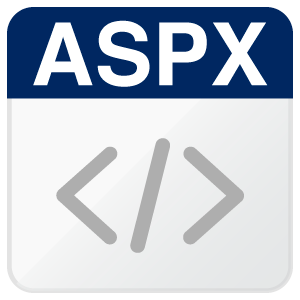Other Parts Discussed in Thread: HALCOGEN
My company sells medium sized industrial tools that require a high level of safety control. I would like to design a safety system that we can use on our systems. Currently we use major brand programmable logic controllers to comply with 13849-1.
Because this is a new arena for my company, I would really like a basic example of something like an ESTOP circuit and how to implement and achieve a certified safe result. I chose E-stop because it is something that manufactures often have an app note on.
I would like to know if certification is generally done against 13849-1 or some higher standard like 61508.
Do you have an example SYSTEMA or similar report. Do you have a 3rd party report (we have seen allusions to some on the web)?
In order to achieve a safe design can you use any of the tools (C for example or are you restricted to Halcogen {ladder logic?}). I need to know the constraints of the safeTI design solution.
I assume 3.3V logic will be buffered and translated to 24V to run through ESTOP circuits.
What is the highest SIL/PL level achievable by a single chip. What is the limitation?



